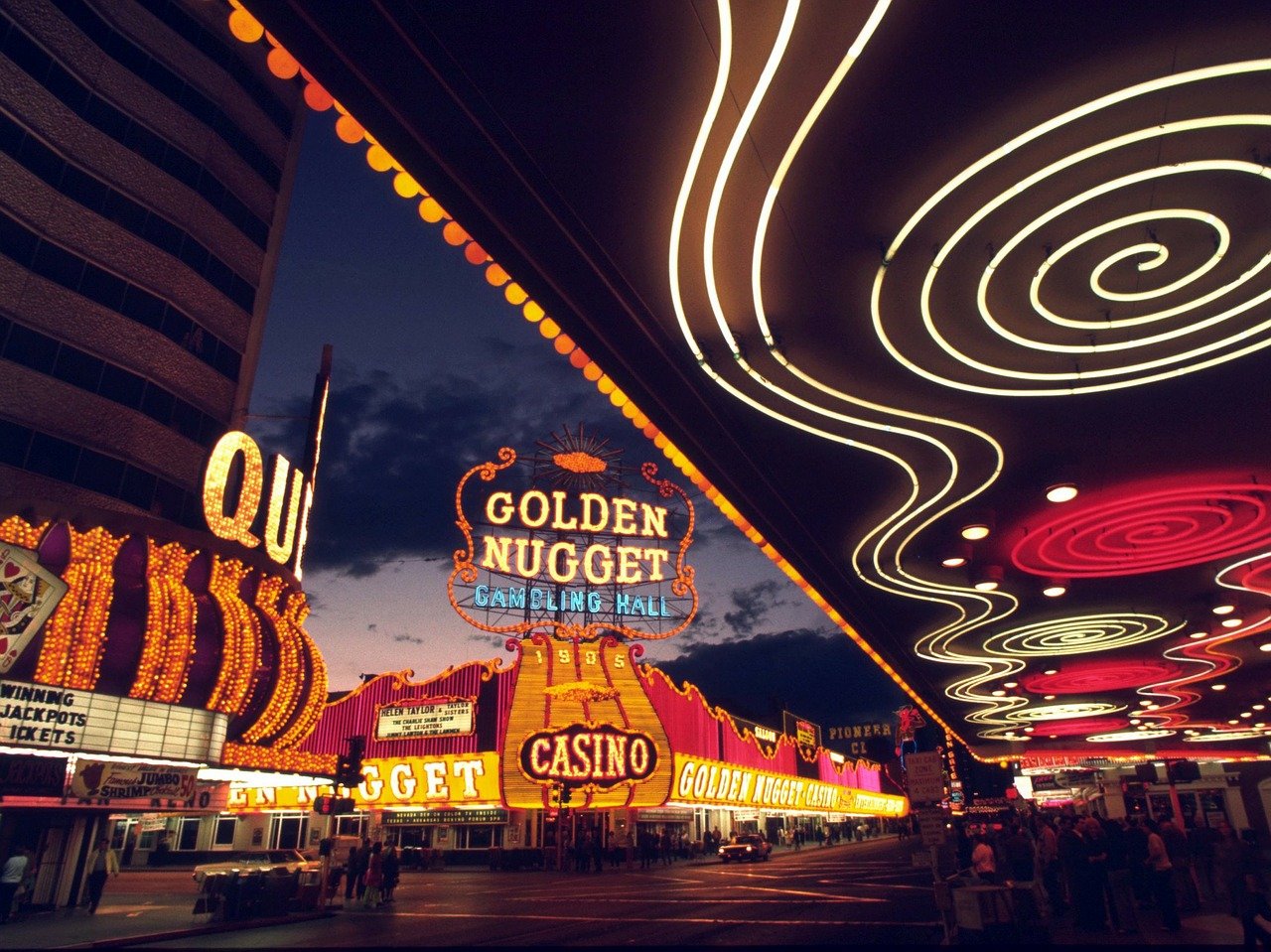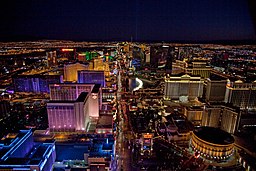A Short History of Las Vegas

 Las Vegas is an internationally popular resort city, and is known primarily for its gaming, shopping, fine dining, entertainment, and night life. The Las Vegas Valley serves as the leading monetary, business, and cultural center for Nevada. The city promotes itself as The Entertainment Capital of the World, and is popular for its mega casino-hotels and associated activities.
Las Vegas is an internationally popular resort city, and is known primarily for its gaming, shopping, fine dining, entertainment, and night life. The Las Vegas Valley serves as the leading monetary, business, and cultural center for Nevada. The city promotes itself as The Entertainment Capital of the World, and is popular for its mega casino-hotels and associated activities.
Today, Las Vegas always ranks as one of the world’s most widely-visited travel destinations. The city’s tolerance for many types of adult entertainment gave it the title of “Sin City”, and has made Las Vegas a popular setting for literature, movies, television programs, and video. Las Vegas was settled in 1905 and was incorporated in 1911.
The Rapid Growth of Las Vegas
Population growth has accelerated since the 1960s, and in between 1990 and 2000 the population almost doubled. Quick growth has continued into the 21st century, and according to estimates from the U.S. Census Bureau, the city had 651,319 residents in 2019, and the population was 2,227,053 for the metropolitan area.
 In the case of Las Vegas, this especially applies to the areas on and near the Las Vegas Strip, which are actually situated within the unincorporated communities of Paradise and Winchester.
In the case of Las Vegas, this especially applies to the areas on and near the Las Vegas Strip, which are actually situated within the unincorporated communities of Paradise and Winchester.
How Las Vegas Began
The first inhabitants of what is now Las Vegas were nomadic Paleo-Indians who arrived in the area around 10,000 years ago.
A young Mexican scout named Rafael Rivera is credited asbeing the very first non-Native American to come across the valley in 1829. Trader Antonio Armijo led a 60-man party along the Spanish Path on his their way to Los Angeles, California in 1829. The area was called Las Vegas, which is Spanish for “the meadows,” as it featured abundant wild lawns, as well as the desert spring waters that were needed by the westward travelers.
 The 19th century author John C. Fremont produced writings about Las Vegas that lurede pioneers to the area. Fremont Street in the downtown area is named in his honor.
The 19th century author John C. Fremont produced writings about Las Vegas that lurede pioneers to the area. Fremont Street in the downtown area is named in his honor.
In 1855, The Church of Jesus Christ of Latter-day Saints selected Las Vegas as the site to develop a stop halfway between Salt Lake City and Los Angeles. The rest of this Old Mormon Fort are still standing at the crossroads of Las Vegas Boulevard and Washington Avenue.
Las Vegas was founded as a city in 1905, when 110 acres (45 ha) of land surrounding to the Union Pacific Railway tracks were auctioned in what would become the downtown area.
 In 1931, casino gambling was legalized in Nevada and the residency requirements for divorce were reduced to 6 weeks. This year also experienced the start of construction on close-by Hoover Dam. The number of construction workers and their families who this brought to Las Vegas prevented it from experiencing financial disaster from the Great Depression.
In 1931, casino gambling was legalized in Nevada and the residency requirements for divorce were reduced to 6 weeks. This year also experienced the start of construction on close-by Hoover Dam. The number of construction workers and their families who this brought to Las Vegas prevented it from experiencing financial disaster from the Great Depression.
In late 1941, the Las Vegas Army Airfield was built. It was renamed the Nellis Air Force Base in 1950, and it is now the base of the United States Air Force Thunderbirds aerobatic team. Following The Second World War, lavishly decorated hotels, betting casinos, and prominent entertainment became synonymous with Las Vegas.
From 1951 to 1962, the federal government performed 100 nuclear tests at the neighboring Nevada Test Site. In 1951, nuclear weapons screening began at the Nevada Test Site, which is 65 miles (105 km) northwest of Las Vegas. During this time, the city was nicknamed the ” Atomic City”. Locals and visitors were able to witness the mushroom clouds (and were exposed to the fallout) until 1963, when the Partial Nuclear Test Restriction Treaty required that nuclear tests be moved underground.
Leave a Reply